Dinosaur toys have captivated children’s imaginations for generations, bringing prehistoric creatures to life in playrooms around the world. However, not all dinosaur toys are created equal when it comes to scientific accuracy. Many popular toys bear little resemblance to what paleontologists now understand about these fascinating animals.
From anatomical impossibilities to Hollywood-inspired monstrosities, let’s explore some of the most egregiously inaccurate dinosaur toys that have made their way onto store shelves throughout the years.
The Persistent Problem of “Shrink-Wrapped” Dinosaurs
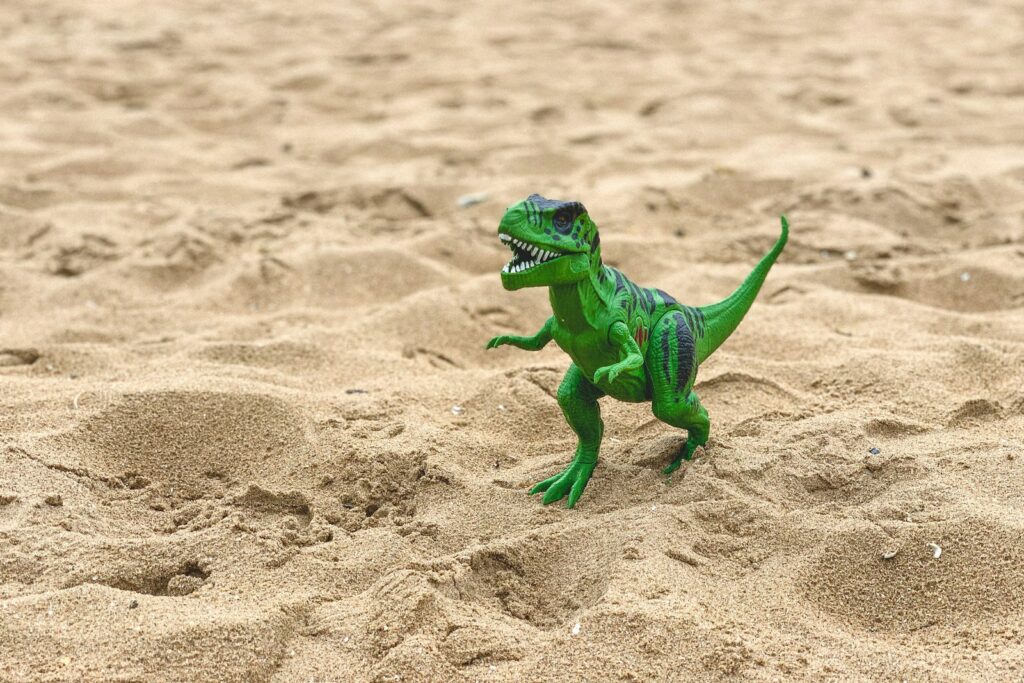
One of the most common inaccuracies in dinosaur toys is the “shrink-wrapped” appearance, where skin appears to be vacuum-sealed directly onto the skeleton with no allowance for muscle or fat. This anatomical impossibility persists in toy lines like the early Jurassic Park figures, which portrayed dinosaurs with visible skull cavities and extremely prominent bones. Real dinosaurs, like modern animals, would have had substantial muscle mass and soft tissue covering their skeletons.
This misconception creates an unrealistic zombie-like appearance that has persisted for decades despite scientific understanding that dinosaurs were well-muscled, active animals. The shrink-wrapped phenomenon represents a fundamental misunderstanding of vertebrate anatomy that continues to plague dinosaur representations in popular culture.
Tripod T-Rex: The Tail-Dragging Misconception

For decades, Tyrannosaurus rex toys were manufactured with an upright, kangaroo-like posture and dragging tails. This dramatically incorrect posture stems from early 20th-century misunderstandings of dinosaur physiology that persisted in toys well into the 1990s. Paleontological evidence has long demonstrated that T. rex maintained a horizontal posture with its tail extended as a counterbalance, not dragging helplessly on the ground.
The infamous “tripod pose” seen in toys like the 1960s Marx Toys dinosaur sets showed T. rex standing nearly vertical, using its tail as a third leg—a physiologically impossible stance that would have broken the animal’s back. Despite scientific consensus about correct theropod posture being established by the 1970s, toy manufacturers continued producing inaccurate models for decades, cementing this misconception in popular culture.
Dino-Riders’ Anatomical Nightmare
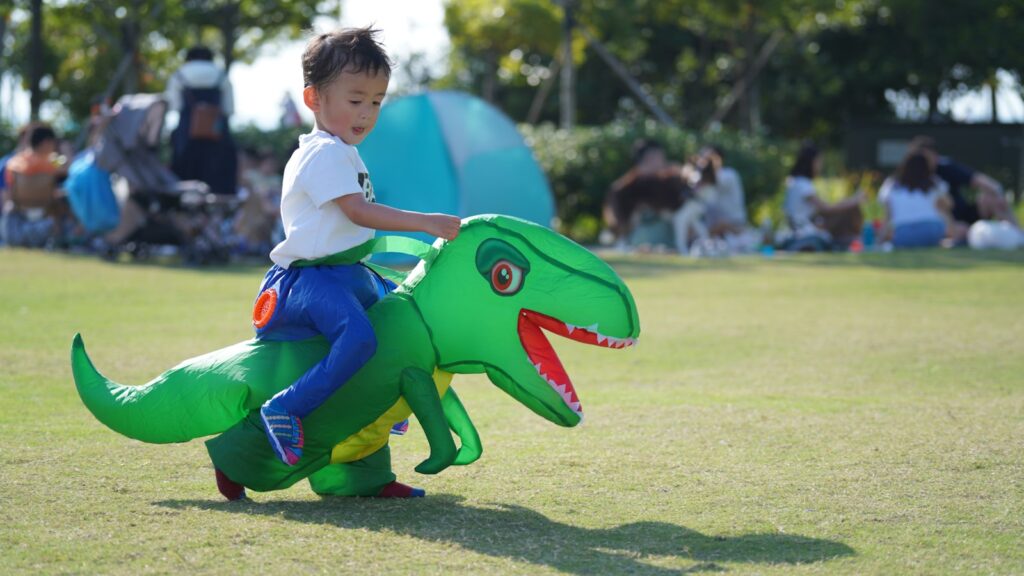
The 1980s Dino-Riders toy line presented some of history’s most anatomically confused dinosaur representations ever mass-produced. These toys featured impossibly bulky dinosaurs with muscle configurations that defied biological principles, often with barrel-chested builds and improbably positioned limbs. The Tyrannosaurus in this line could somehow grasp with its forelimbs despite evidence that tyrannosaur arms had limited mobility and could not pronate (rotate downward).
Even more egregiously, the toys depicted dinosaurs as war mounts carrying humanoid riders and equipped with science-fiction weaponry, complete with saddles that would have been anatomically impossible to secure on most dinosaur body types. The extreme liberties taken with dinosaur anatomy in this line prioritized play features over any semblance of scientific accuracy, creating generations of misconceptions about dinosaur capabilities and proportions.
The Dinosaurs That Time Forgot… Feathers

Perhaps the most significant inaccuracy in dinosaur toys has been the persistent refusal to acknowledge feathered dinosaurs despite overwhelming scientific evidence. Particularly egregious are Velociraptor toys, which continue to be produced as scaled, lizard-like creatures despite decades of fossil evidence proving they were feathered animals roughly the size of turkeys. The 2015 “Jurassic World” toy line doubled down on this error, producing scaly raptors years after multiple fossil discoveries had definitively proven their feathered nature.
This reluctance to incorporate feathers extends to other theropods like Deinonychus and even some tyrannosaur species, where toys consistently depict them with reptilian skin contrary to scientific findings. The persistence of this inaccuracy reflects a commercial hesitation to update dinosaur appearances away from the familiar, albeit incorrect, scaly monsters popularized by entertainment.
Stegosaurus: The Upright Plate Debacle
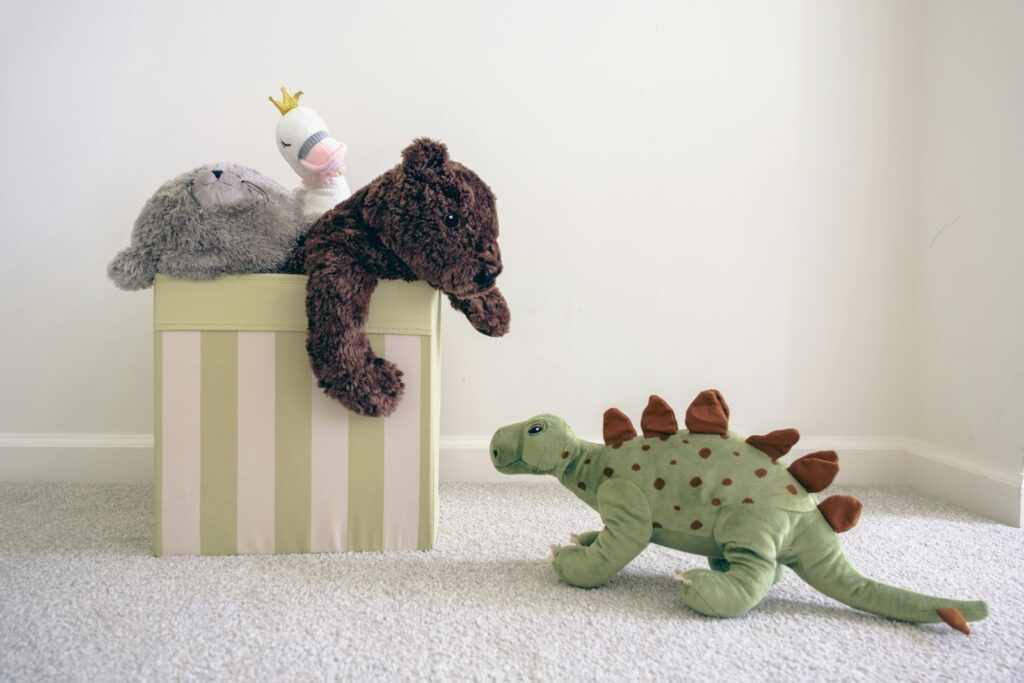
Stegosaurus toys have long suffered from a persistent anatomical error regarding the arrangement of their distinctive back plates. Countless toy versions, including those from major manufacturers like Playskool and early Schleich models, incorrectly depict the plates standing straight upward like solar panels. Paleontological evidence indicates these plates were likely arranged in staggered, alternating patterns along the dinosaur’s back, not in perfectly paired rows.
Even worse, many toys place these plates in wildly inaccurate positions or incorrect numbers, sometimes extending them down the tail where fossil evidence shows only spikes belonged. The placement of the thagomizer (tail spikes) is frequently wrong as well, often pointing in physically impossible directions or appearing too numerous compared to fossil records. These consistent errors have perpetuated misconceptions about one of the most recognizable dinosaur species for generations.
The “One-Size-Fits-All” Dinosaur Foot

A remarkable inaccuracy found across multiple toy lines is the standardization of dinosaur feet into a generic, lizard-like appendage regardless of species. Particularly egregious examples appeared in the budget dinosaur toy sets popular in the 1980s and 1990s, where sauropods, theropods, and ornithischians often shared identical three-toed feet despite radical differences in their actual foot anatomy.
Real dinosaurs displayed tremendous variation in foot structure—from the elephant-like columnar feet of sauropods to the specialized two-toed hunting feet of dromaeosaurs. The “Dollar Store dinosaur” phenomenon exemplifies this problem, where manufacturing convenience trumped biological accuracy, leading to bizarre anatomical compromises like Triceratops with theropod-like feet or Brachiosaurus with clawed toes that could never have supported their massive weight. This homogenization of dinosaur diversity has significantly undermined public understanding of the specialization and adaptation evident in dinosaur evolution.
Brachiosaurus: The Nostril Migration Mystery
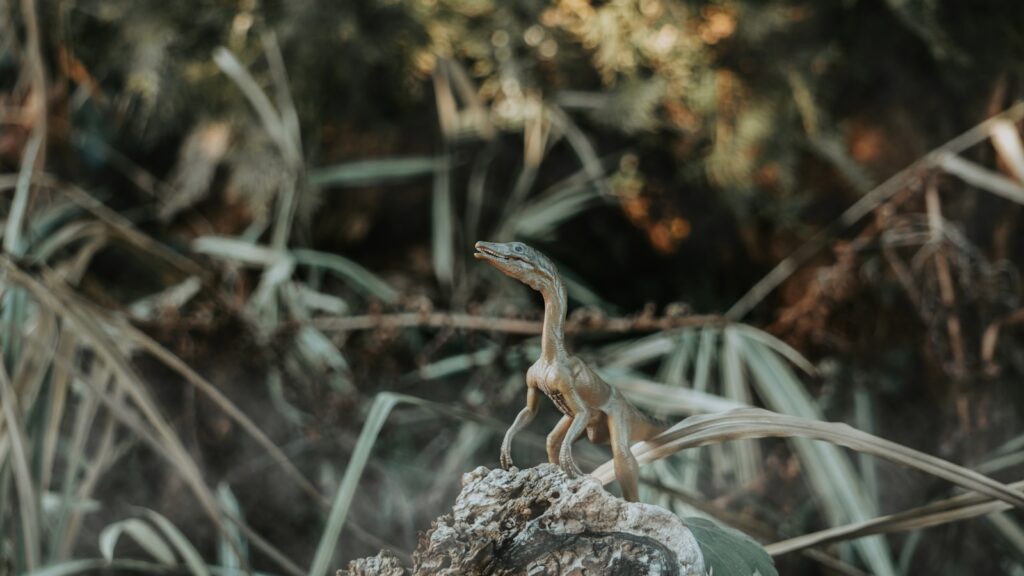
Brachiosaurus toys have suffered from a peculiar and persistent anatomical error regarding nostril placement, with countless models placing the nostrils atop the head like a blowhole rather than in their correct position on the snout. This misconception originated from outdated scientific hypotheses from the 1970s suggesting these dinosaurs might have been semi-aquatic, using snorkel-like breathing adaptations. Subsequent research definitively disproved this theory, but toy manufacturers like Playskool, Imperial, and even educational models continued producing Brachiosaurus figures with this bizarre feature well into the 2000s.
The error extends beyond nostril placement to overall head shape, with many toys giving these sauropods unrealistically bulbous craniums bearing little resemblance to fossil evidence. These distortions created generations of children who visualize sauropods with anatomically impossible features that would have prevented normal breathing and feeding behaviors.
Prehistoric Chimeras: The Mixed-Up Dinosaur Phenomenon
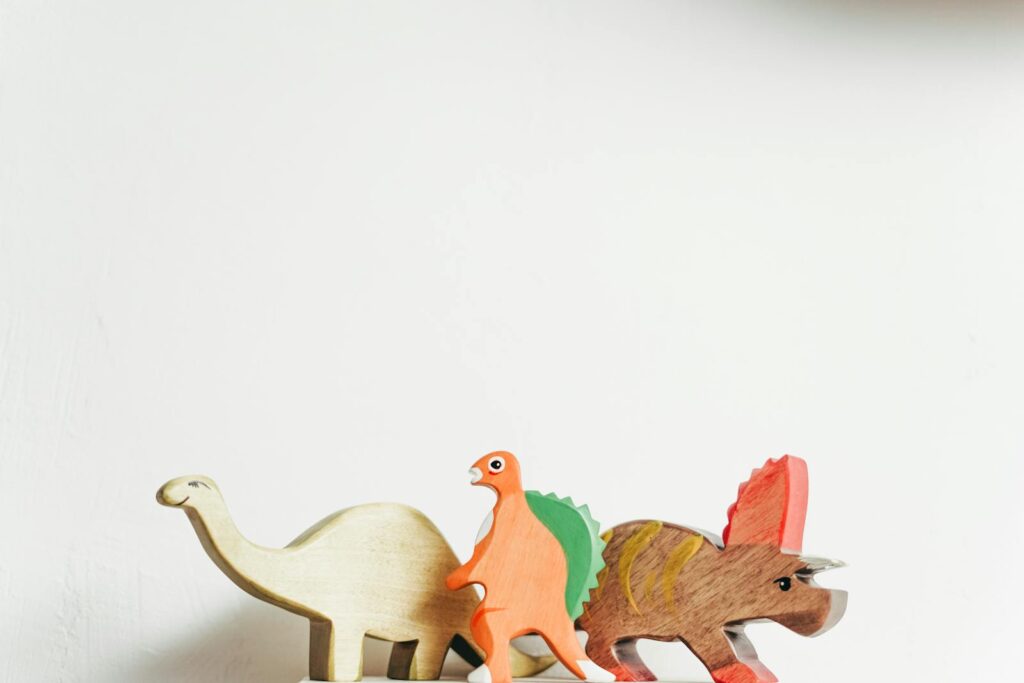
Some of the most scientifically offensive dinosaur toys are those that combine features from multiple unrelated species into bizarre chimeras that never existed. The notorious “Dilophospinus” toys—sporting features from both Dilophosaurus and Spinosaurus—appeared in numerous budget toy lines during the 1990s. Similarly problematic are the many “ceratopsian” toys that combine Triceratops horns with Styracosaurus frills and Chasmosaurus-like features into a single impossible creature.
These Frankenstein-like creations often result from manufacturers attempting to maximize play value by combining the most dramatic features from different dinosaurs without regard for evolutionary relationships or anatomical possibility. Particularly in discount store toy sets, these hybrid creatures are given generic names like “horned dinosaur” or simply mislabeled entirely, furthering confusion about which dinosaur species actually existed. The prevalence of these chimeras speaks to a fundamental disregard for paleontological accuracy in favor of marketable exaggeration.
The Incredible Shrinking and Expanding Dinosaurs
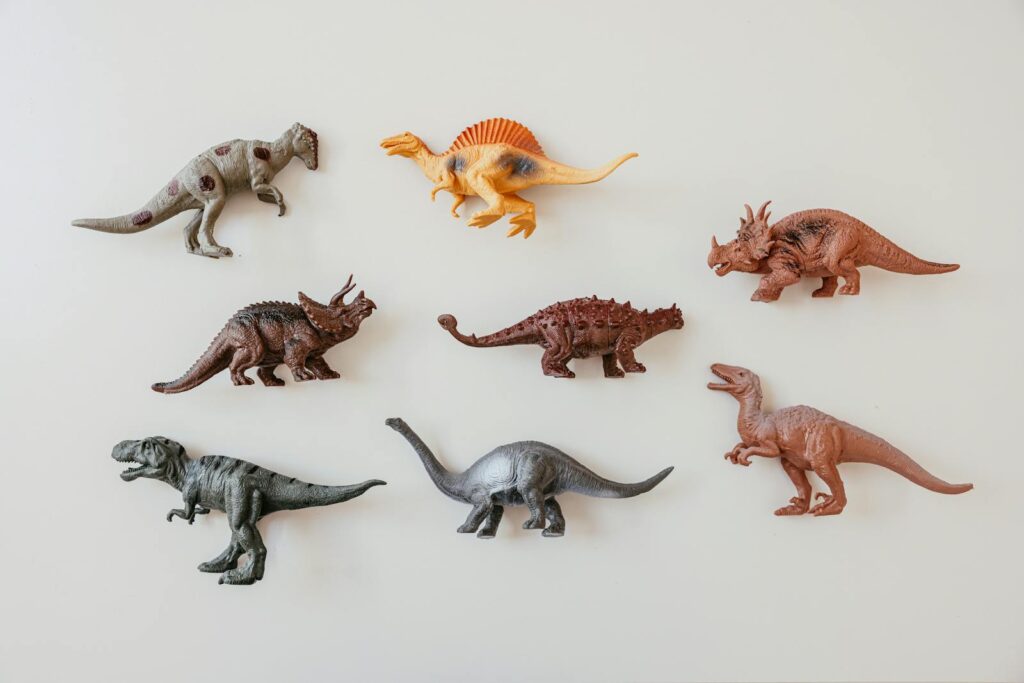
Scale inconsistency represents one of the most persistent problems in dinosaur toy lines, with species often produced at wildly inaccurate relative sizes. The infamous “Dino Valley” playsets frequently feature Velociraptor figures nearly the same size as their Tyrannosaurus rex counterparts, despite the real animals differing in size by a factor of thirty.
Equally problematic are the sauropods that appear smaller than human figures in many toy sets, despite being the largest land animals ever to exist. This scale problem extends to major brands too—even Jurassic Park toys have produced raptors nearly as large as their T. rex figures, reinforcing misconceptions from the films.
These scale distortions significantly impact children’s understanding of dinosaur ecology and predator-prey relationships, making it difficult to comprehend which animals could realistically interact with one another. The commercial prioritization of playability over accuracy has created generations with fundamentally flawed mental images of dinosaur proportions.
The Great Ankylosaurus Club Tail Distortion
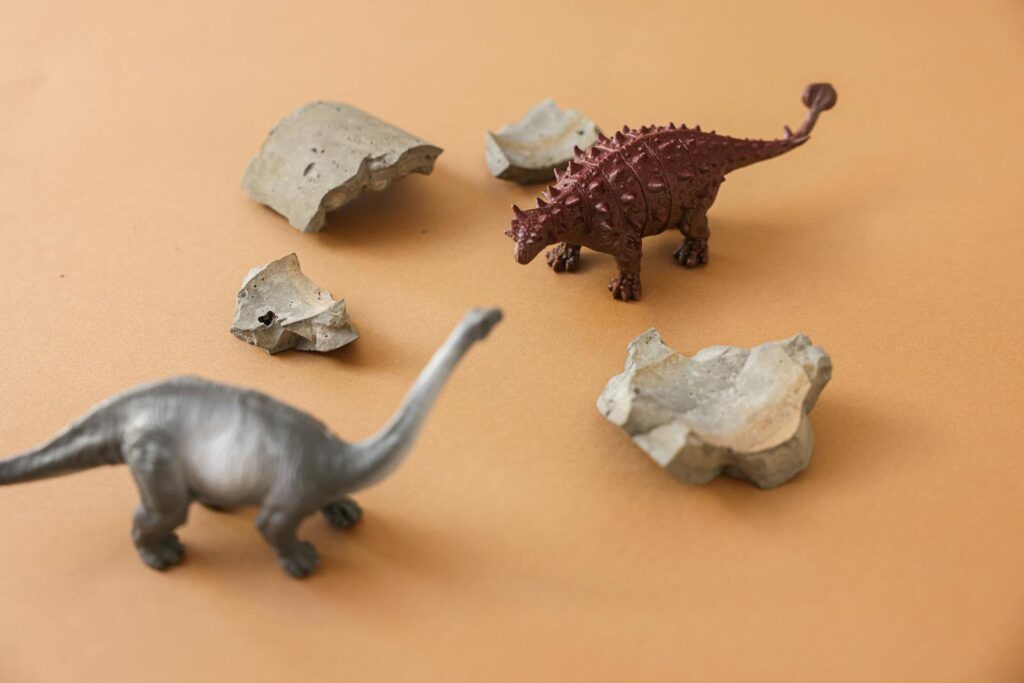
Ankylosaurus toys suffer from consistent exaggeration of their tail clubs, often portraying them as impossibly massive wrecking balls that would have prevented normal movement. Budget toy lines frequently depict these defensive structures as nearly the size of the dinosaur’s entire body, sometimes with added spikes or ridiculously enlarged proportions that fossil evidence doesn’t support.
The 1988 “Dinoriders” Ankylosaurus exemplifies this problem, with a tail club roughly one-third of the animal’s total length—a physical impossibility that would have prevented the dinosaur from lifting its tail at all. Beyond size issues, many toys incorrectly position the tail club, sometimes placing it too high or enabling physically impossible flexibility that the fused vertebrae of the actual tail would have prevented. These persistent exaggerations create misconceptions about the defensive capabilities and movement patterns of these fascinating armored dinosaurs.
The Dinosaur Dental Disaster
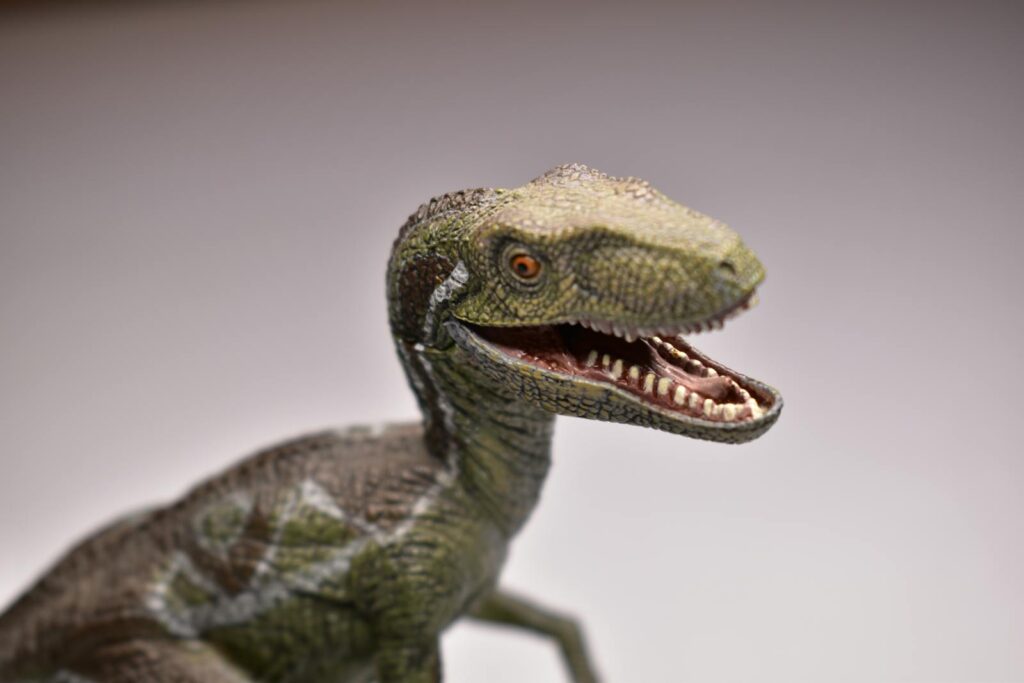
Among the most anatomically troubling aspects of dinosaur toys is the consistently inaccurate depiction of teeth, often with completely wrong dental arrangements that contradict fossil evidence. Herbivorous dinosaurs like Triceratops and Stegosaurus frequently appear in toys with sharp, carnivore-like teeth instead of the flat, grinding dentition they actually possessed for processing plant matter.
Conversely, many carnivorous dinosaur toys display uniform teeth like a crocodile rather than the varied dental patterns that fossil evidence shows. The infamous “Animal Planet” dinosaur toys from the early 2000s featured particularly egregious dental errors, with some herbivores sporting canine-like fangs and carnivores given teeth more appropriate for mammals.
These dental inaccuracies fundamentally misrepresent dinosaur diets and feeding behaviors, creating misconceptions about which animals were predators versus prey. Dental anatomy provides crucial information about dinosaur lifestyle, making these persistent inaccuracies particularly problematic from an educational perspective.
The Color Conundrum: Neon Dinosaurs

While dinosaur coloration remains somewhat speculative, the neon green, bright purple, and electric blue dinosaur toys that dominated shelves in the 1980s and 1990s represent some of the most scientifically unsupportable representations ever produced. Particularly notable offenders include the “Definitely Dinosaurs” line from Playskool, featuring Triceratops in impossible pink and turquoise color schemes that no surviving vertebrate displays.
Modern understanding of dinosaur coloration, based on preserved melanosomes in some fossils, suggests many species likely had camouflage patterns similar to modern birds and reptiles—not the cartoon-like solid colors seen in many toys. While some dinosaurs may indeed have had bright display colors for mating or species recognition, the garish color schemes of many toy lines contradict evolutionary principles of natural selection and predator avoidance. These neon dinosaurs represent marketing decisions rather than scientific possibilities, contributing to the perception of dinosaurs as fantasy creatures rather than real animals.
The Legacy of Inaccuracy in Children’s Education
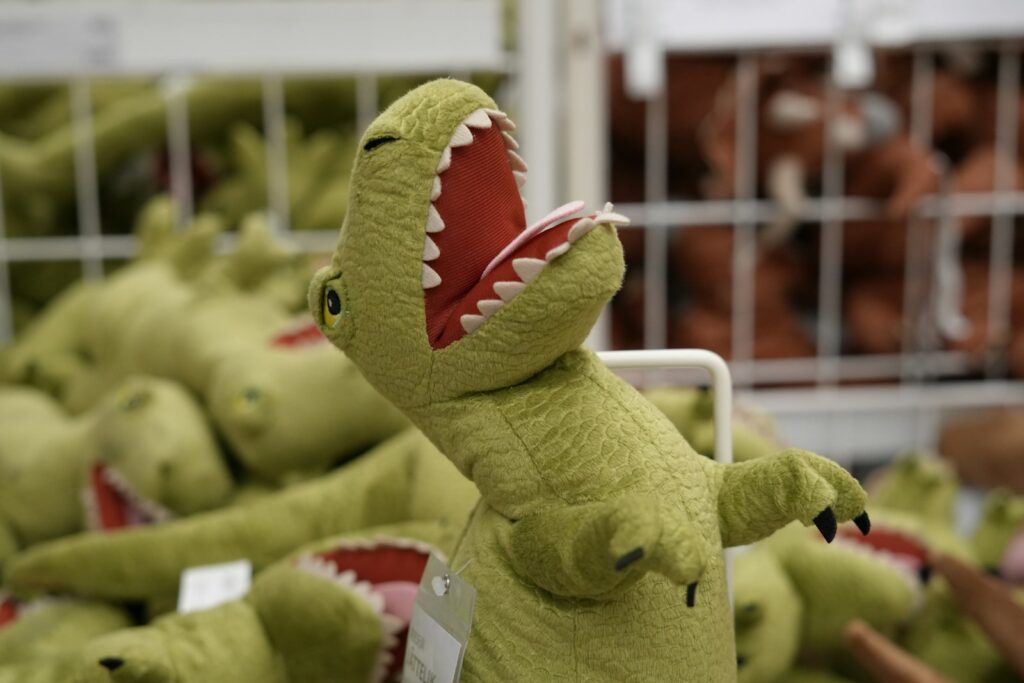
The persistent inaccuracies in dinosaur toys have had measurable impacts on public understanding of paleontology and evolution. Studies have shown that children exposed primarily to inaccurate dinosaur representations develop misconceptions that can persist into adulthood, including false beliefs about dinosaur posture, behavior, and appearance.
Particularly troubling is how these inaccurate toys often contradict what children learn in educational settings, creating cognitive dissonance between play and learning. Museum educators frequently report needing to “unteach” concepts children have absorbed from their toys before accurate information can be meaningfully conveyed.
The responsibility lies partially with manufacturers who continue producing scientifically outdated models despite readily available, accurate information, but also with consumers who purchase familiar but incorrect designs. This cycle of inaccuracy represents a missed opportunity to use play as a vehicle for authentic scientific learning, turning dinosaur toys from potential educational tools into sources of persistent misconception.
Conclusion
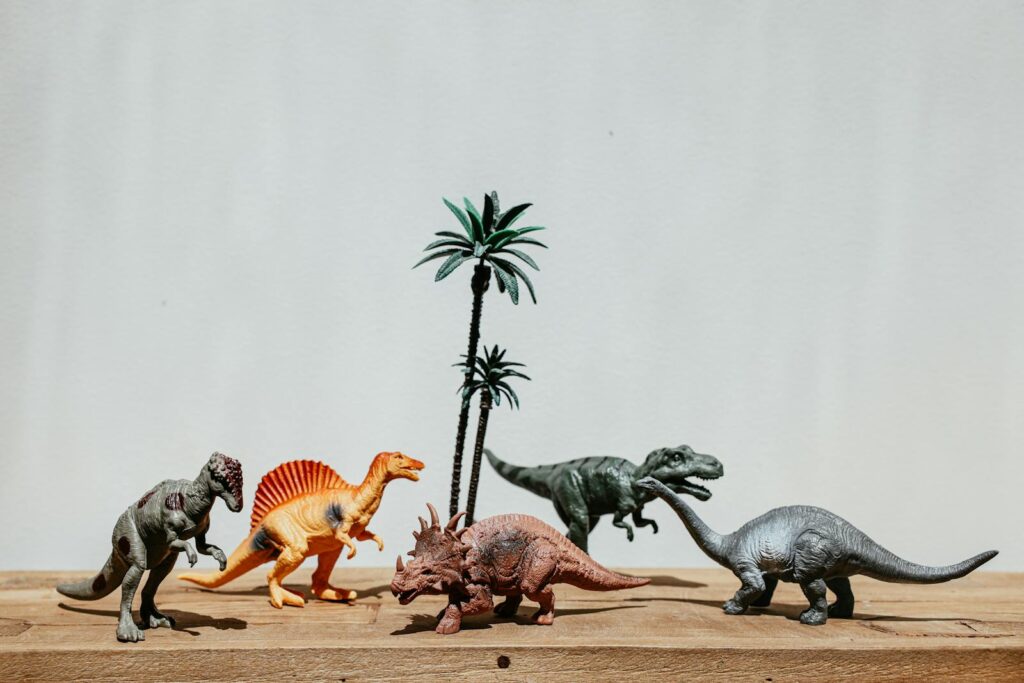
The history of dinosaur toys reveals a fascinating disconnect between scientific understanding and commercial representation. While paleontology has made remarkable advances in understanding dinosaur appearance, behavior, and biology, toy manufacturers have often lagged decades behind these discoveries. The most egregiously inaccurate dinosaur toys not only fail to educate but actively misinform, creating persistent misconceptions that can be difficult to correct.
As consumer awareness grows and manufacturing techniques improve, there is hope that future generations of dinosaur toys will better reflect our scientific understanding of these extraordinary animals, allowing children to develop more accurate impressions of Earth’s prehistoric past through play.




